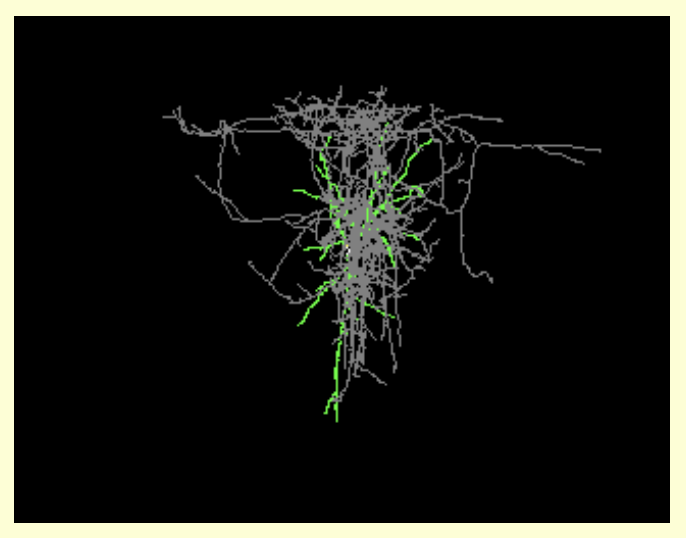Neural correlates of novelty detection in the primary auditory cortex of behaving monkeys.
The neural mechanisms underlying novelty detection are not well understood, especially in relation to behavior. Here, we present single-unit responses from the primary auditory cortex (A1) from two monkeys trained to detect deviant tones amid repetitive ones. Results show that monkeys can detect deviant sounds, and there is a strong correlation between late neuronal responses (250-350 ms after deviant onset) and the monkeys' perceptual decisions. The magnitude and timing of both neuronal and behavioral responses are increased by larger frequency differences between the deviant and standard tones and by increasing the number of standard tones preceding the deviant. This suggests that A1 neurons encode novelty detection in behaving monkeys, influenced by stimulus relevance and expectations. This study provides evidence supporting aspects of predictive coding in the sensory cortex.
Pubmed ID: 38421870 RIS Download
Research resources used in this publication
Additional research tools detected in this publication
None foundAntibodies used in this publication
None foundAssociated grants
NonePublication data is provided by the National Library of Medicine ® and PubMed ®. Data is retrieved from PubMed ® on a weekly schedule. For terms and conditions see the National Library of Medicine Terms and Conditions.
This is a list of tools and resources that we have found mentioned in this publication.
Platinum/Iridium microelectrode (instrument resource)
RRID:SCR_018426
A platinum/iridium electrode use for stimulating tissue samples. Manufactured by FHC Neural microTargeting Worldwide.
View all literature mentionsMATLAB (software resource)
RRID:SCR_001622
Multi paradigm numerical computing environment and fourth generation programming language developed by MathWorks. Allows matrix manipulations, plotting of functions and data, implementation of algorithms, creation of user interfaces, and interfacing with programs written in other languages, including C, C++, Java, Fortran and Python. Used to explore and visualize ideas and collaborate across disciplines including signal and image processing, communications, control systems, and computational finance.
View all literature mentions




